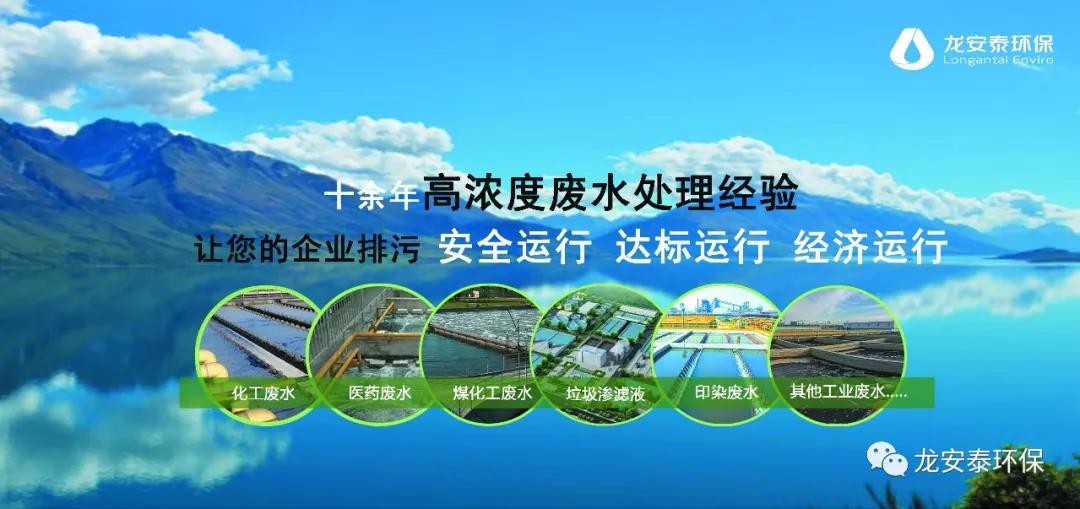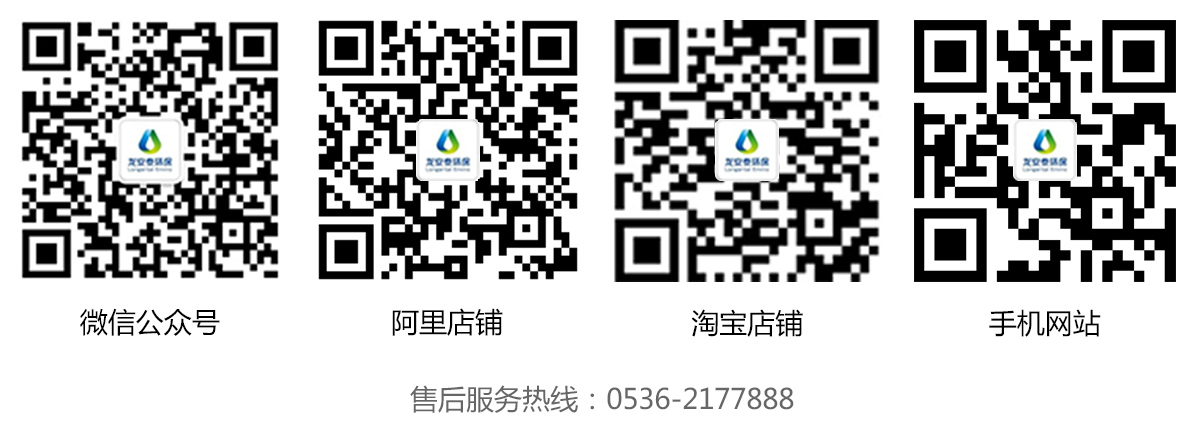Advanced Treatment Process of Printing and Dyeing Wastewater

Printing and dyeing wastewater refers to the wastewater discharged from printing and dyeing factories that mainly process cotton, hemp, chemical fiber and their blended products. The characteristics of these kinds of wastewater are large amount, high concentration of organic pollutants, dark color, drastic changes in alkalinity, pH, and water quality. Due to the different dyeing and finishing requirements of dyes, auxiliaries and fabrics, the pH, CODCr, BOD5 values and color of dyeing and finishing wastewater are also varied, but the common characteristics are that the M (BOD5)/M (CODcr) values are very low, generally around 0.2, and their biodegradability is poor. Another general feature is high chroma, some will be as high as 4,000 times. At present, the advanced treatment processes for printing and dyeing wastewater are mainly physical chemistry and biological methods.
Biological process is mainly aimed at organic pollutants, but the removal ratio of chromaticity is not ideal, which is generally only 50% ~ 60%, so the removal of chromaticity is mainly depending on the physical and chemical methods. At present, the effluent quality of the advanced treatment of printing and dyeing wastewater cannot qualify the discharge and reuse standards. The main problem is that the CODCr of effluent after the advanced treatment is mainly caused by the organic matter that is hard to biodegrade. However, it is difficult to completely remove chroma by the normal coagulation, adsorption, air flotation and other methods, so the aim of the advanced treatment is the organics with poor biodegradation and high chroma. At present, the major technological processes for advanced treatment of printing and dyeing wastewater include physical method, advanced oxidation method, biological method, etc.
Advanced oxidation technology (AOPs) is a chemical oxidation technology that involves a large amount of OH in the reaction process. Taking Fenton catalytic oxidation process and ozone catalytic oxidation as examples, The following will introduce the application of AOPs in advanced treatment of printing and dyeing wastewater.
Fenton catalytic oxidation process
Fenton catalytic oxidant can effectively oxidize and remove refractory organics which cannot be removed by traditional wastewater treatment technologies. LAT-F01 series heterogeneous Fenton catalysts are high-efficiency catalysts developed for specially improving traditional Fenton technology with the problems of narrow applicable pH range, large sludge yield etc. The catalysts adopts porous composite materials as the carriers. A variety of precious metals, rare earth metal oxides and transition metal oxides are also doped and molded as catalytic components with high-temperature roasting and other processes, thus improving the generation capacity of hydroxyl radicals, avoiding generating iron mud, thus reducing secondary pollution, The catalyst has the characteristics of high catalytic activity and long service life etce.
The essence of this techonology is that organic matter and hydrogen peroxide first diffuse from the solution to the active site nearby on the catalyst surface and are adsorbed, then hydrogen peroxide decomposes to produce OH under the catalysis of the catalyst’s components, thus initiating a free radical chain reaction to oxidize and degrade the organic matter. Finally the degradated products desorb from the catalyst surface and diffuse into the solution again.
LONGANTAI uses Fenton catalytic oxidation filler to treat the effluent from the secondary sedimentation tank of a printing and dyeing wastewater treatment plant in Jiangsu Province. The removal rates of COD, TP and chromaticity are 84%, 75% and 83% respectively. The effluent quality meets the requirements of DB 32 /1072—2012 "
Ozone catalytic oxidation process
There are two ways for ozone to oxidize organic matter: direct and indirect reactions. Direct reaction is that ozone directly reacts with pollutants through a cycloaddition, electrophilic or nucleophilic action. Indirect reaction is that ozone generates OH with strong oxidation ability under the action of alkali, light or other factors. LAT-CY01 ozone catalytic oxidation filler developed by Longantai aims at solving the problems of poor mass transfer effect, low ozone utilization rate, high investment and operation cost and the likes of the traditional ozone oxidation technology, thus improving the generation ratio of hydroxyl radicals and greatly enhancing ozone oxidation capability.
Ozone oxidation technology is mainly used for decolorization of printing and dyeing wastewater. Ozone can destroy the chromophoric groups of dyes and cyclic compounds such as benzene, naphthalene, anthracene, etc. which constitute chromophoric groups, thus decolorizing the wastewater.
LONGANTAI designed an advanced treatment system for low-concentration printing and dyeing wastewater after biochemical treatment in a printing and dyeing wastewater treatment plant with ozone catalytic oxidation method. The results showed that the removal ratio of COD and chromaticity are 79.65% and 95.83%, respectively, qualify the requirements of DB 32 /1072—2012.
LONGANTAI has accumulated rich experience in the pretreatment and advanced treatment of high-concentration and refractory organic wastewater for many years, and is a professional provider of total environmental protection solution in China. The company has accumulated numerous cooperation cases in theR&D and engineering of electrochemical catalysis, multiphase fluidized catalysis, ozone catalysis, membrane concentration and extraction technologies. The products include new micro-electrolysis catalytic fillers, heterogeneous catalytic oxidation fillers and high-efficiency ozone catalytic oxidation fillers. The company provides complete sets of equipment such as electrolytic catalytic oxidation, ozone catalytic oxidation, organic waste gas recovery and treatment integration, sludge disposal, etc to different customers. The company also provide a full-stage service from product development, product production, process design, engineering construction, process debugging, after-sales tracking, etc., which guarantee an efficient implementation of the project and the reasonable application of the processes.

